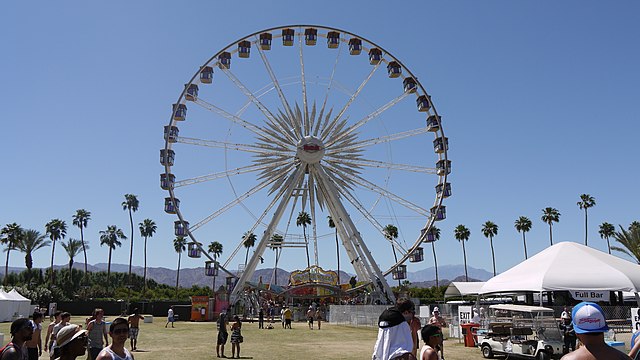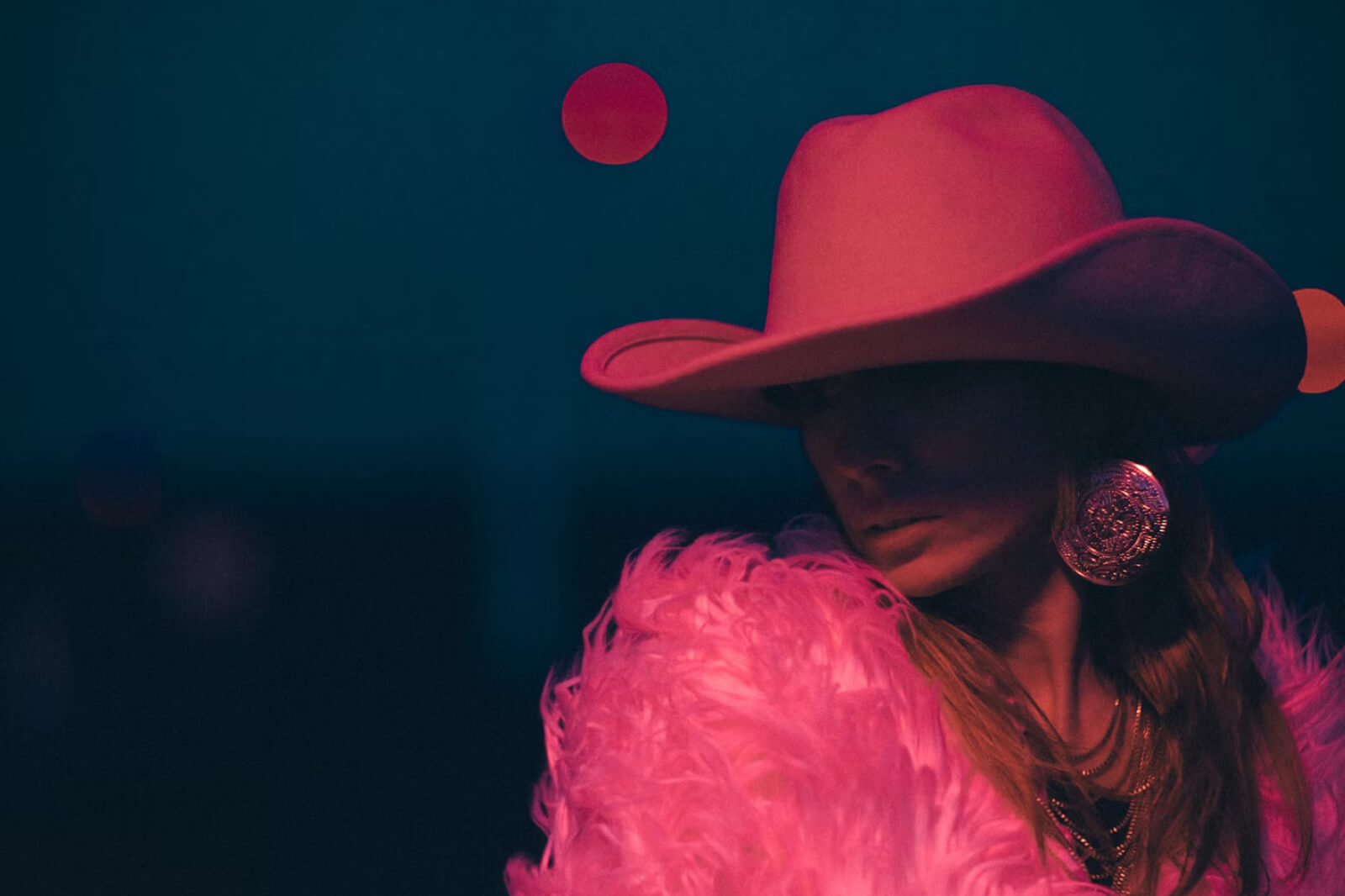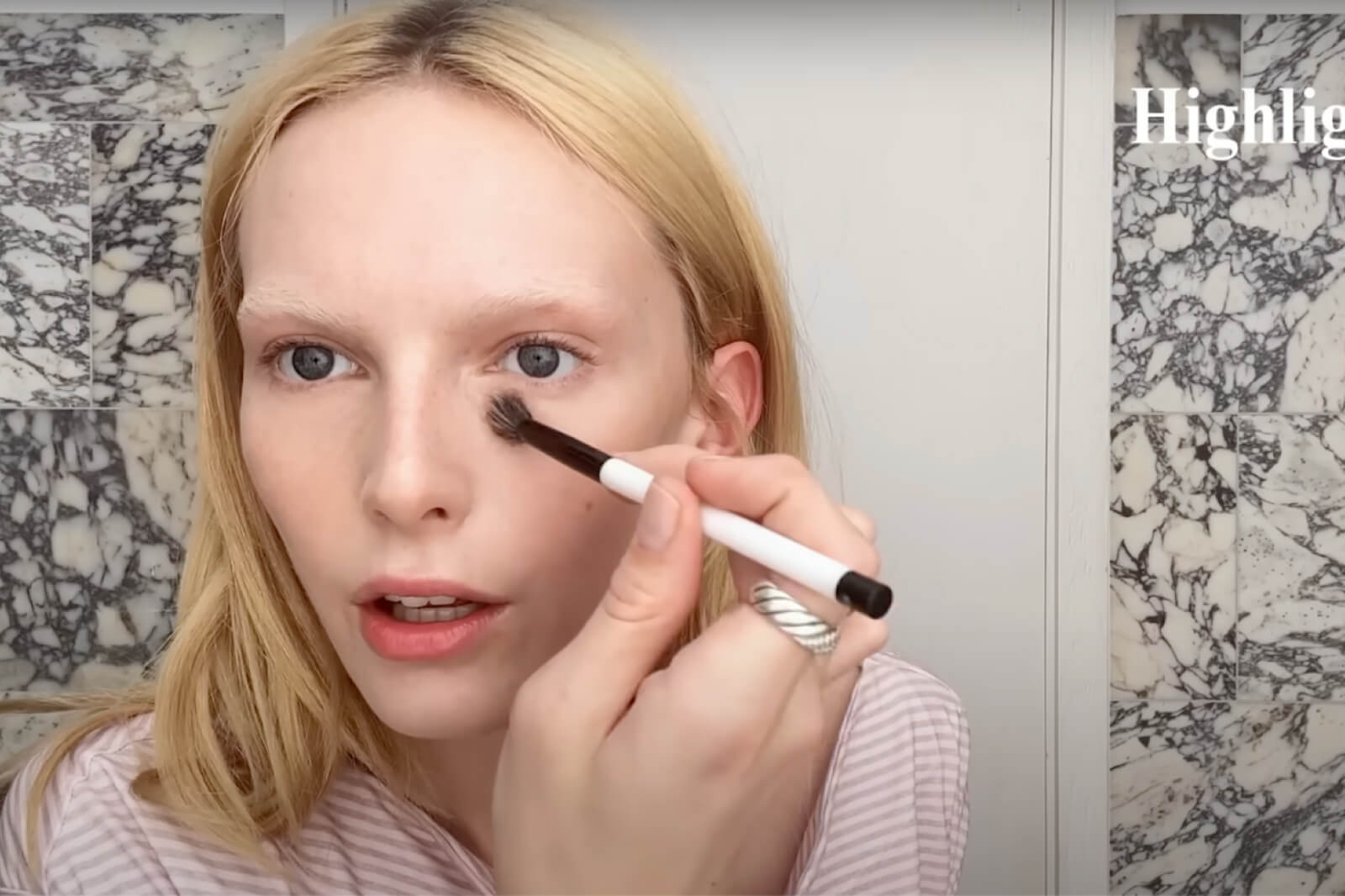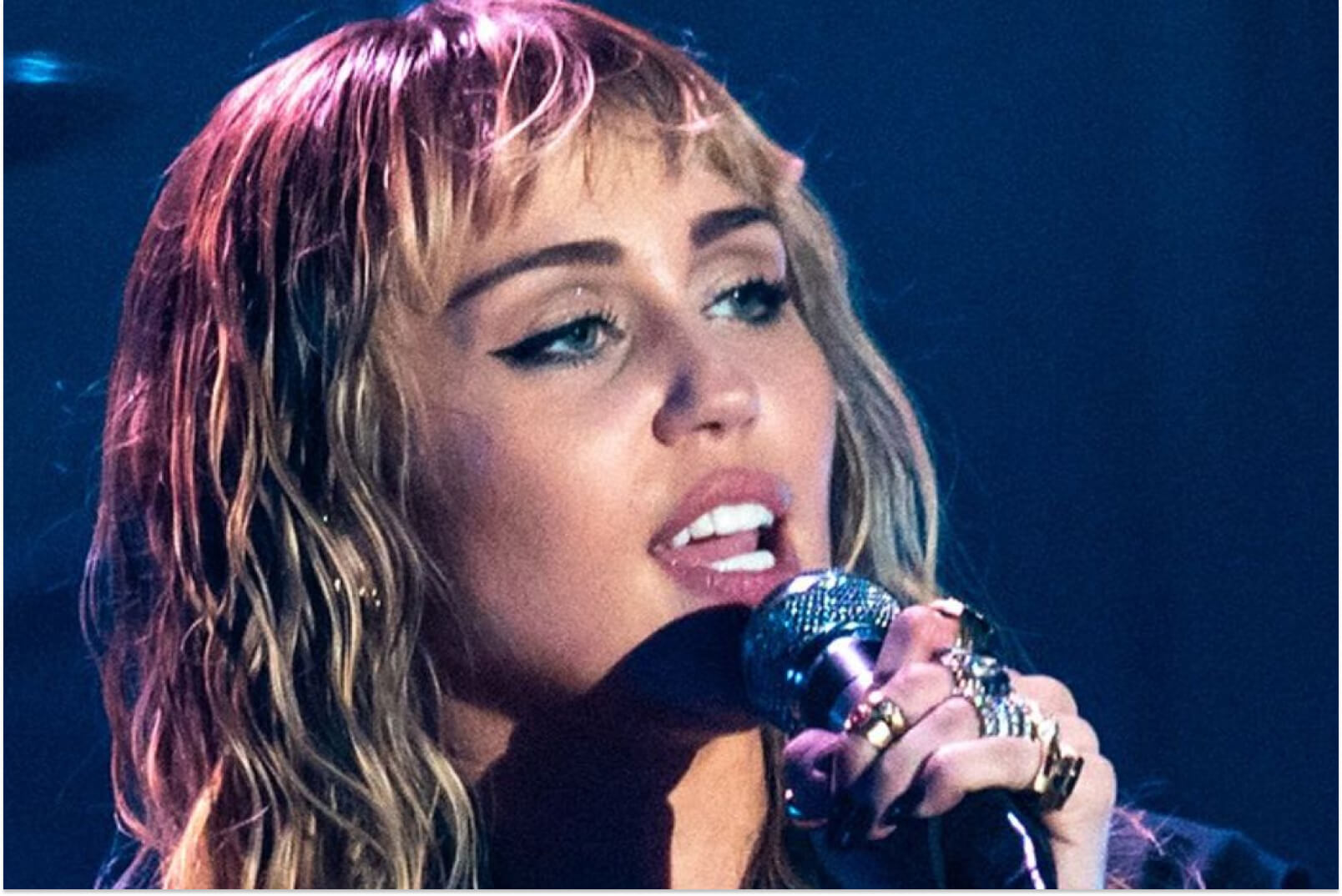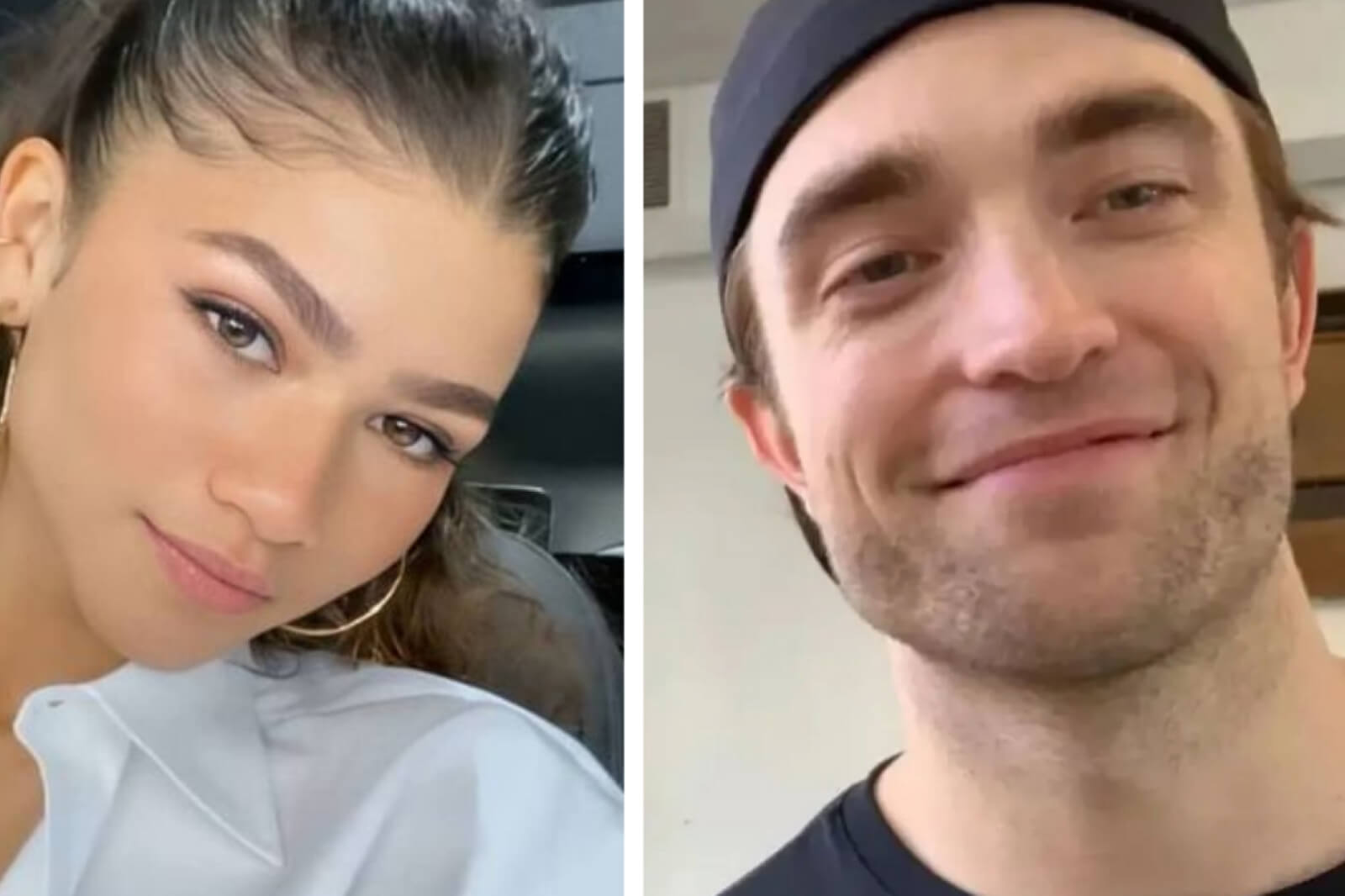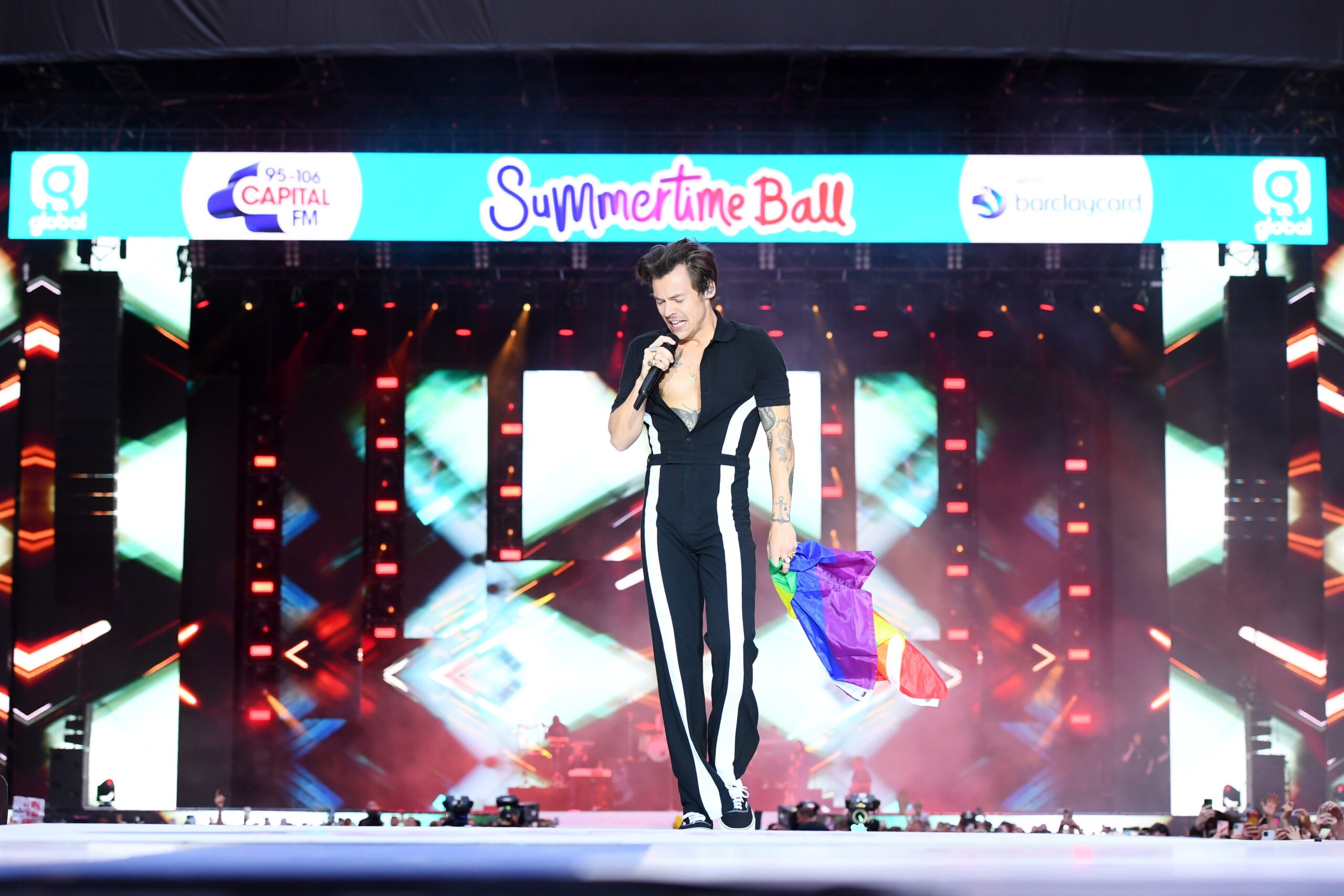
Harry Styles at Capital's Summertime Ball 2022
Photo by Matt Crossick_Global_Shutterstock
The story of psychedelics is intertwined with the story of music, and tracing their relationship can feel like going in circles.
For thousands of years, artists have been using naturally-grown herbs to open their minds and enhance their creative processes. Since LSD was synthesized by Albert Hoffman in 1938, psychedelics have experienced a reemergence, blooming into a revolution in the 1960s, launching dozens of genres and sounds that focused on acid, shrooms, and all of the portals they opened. Around the 1960s, scientists also began studying the relationship between psychedelics and music, and even back then, researchers found that, when combined, music and psychedelics could have therapeutic effects on patients.
More modern studies have discovered that LSD, specifically, links a portion of the brain called the parahippocampal—which specializes in personal memory—to the visual cortex, which means that memories take on more autobiographical and visual dimensions. Other studies have found that LSD can make the timbres and sounds of music feel more meaningful and emotionally powerful. Today, psychedelic music still thrives, and you can hear flickers of those early trip-inspired experiences all across today’s modern musical landscape.
“There is a message intrinsically carried in music, and under the effects of psychedelics, people seem to become more responsive to this,” said the psychedelic researcher Mendel Kaelen. “Emotion can be processed more deeply. It’s a beautiful narrative. It’s like a snake biting itself in the tail.”
All that said, psychedelics can be as dangerous as the archetypal live-fast-die-young rock and roller’s average lifestyle. They can destabilize already fragile minds and can encourage further drug abuse and reckless behavior. Often, psychedelic revolutions have coincided with colonialist fetishizations, apocalyptic visions, and appropriations of Eastern culture.
However, sometimes psychedelics and musical talent can come together in a synergy so perfect that it can literally create transcendent and healing experiences. Hallucinogens affected each of these following musicians in a unique way, but their experiences with hallucinogens produced some of the greatest music of all time.
Harry Styles — She
In his revelatory Rolling Stone profile, Harry Styles spoke out about how magic mushrooms inspired his most recent album, Fine Line. Inspired by Fleetwood Mac, the 25-year-old apparently spent a lot of time at Shangri-La Studios in Los Angeles tripping and listening to the old psychedelic greats.
fine line – harry styles (slowed n reverb)www.youtube.com
“Ah, yes. Did a lot of mushrooms here,” he said in the interview during a tour of the studio. “We’d do mushrooms, lie down on the grass, and listen to Paul McCartney’s Ram in the sunshine.”
Things even got a little violent, as they often can when dealing with hallucinogens. “This is where I was standing when we were doing mushrooms and I bit off the tip of my tongue. So I was trying to sing with all this blood gushing out of my mouth. So many fond memories, this place,” he reminisced affectionately.
Harry Styles – She (Official Audio)www.youtube.com
Kacey Musgraves — Slow Burn
Kacey Musgraves’ dreamy song “Slow Burn” was apparently inspired by an acid trip. Listening to the lyrics, you can hear the influence of psychedelics twining with country and singer-songwriter tropes. “I was sitting on the porch, you know, having a good, easy, zen time,” she said of the songwriting experience, which she said happened out on her porch one evening. “I wrote it down on my phone, and then wrote the songs the next day with a sober mind.”
Kacey Musgraves – Slow Burnwww.youtube.com
LSD, she said, “opens your mind in a lot of ways. It doesn’t have to be scary. People in the professional worlds are using it, and it’s starting to become an option for therapy. Isn’t that crazy?” Her affection for the drug also appears in her song “Oh What A World,” which contains the lyric, “Plants that grow and open your mind.”
A$AP Rocky — L$D
While A$AP Rocky’s affection for LSD isn’t a surprise given his propensity for writing about the drug, apparently the rapper has an intellectual approach to his psychedelic experimentation.
“We was all in London at my spot, Skeppy came through,” he told Hot New Hip Hop about his experience writing LSD. “I have this psychedelic professor, he studies in LSD. I had him come through and kinda record and monitor us to actually test the product while being tested on. We did the rhymes all tripping balls.”
Apparently his first acid trip happened in 2012. “Okay, without getting anyone in trouble, I was with my homeboy and some trippy celebrity chicks and…” he said in an interview with Time Out. When asked how long it lasted, he said, “Too long, man. Twenty-three hours. I was trippin’ till the next day. When I woke up, I was like, Damn! I did that shit! That shit was dope. It was so amazing. It was a-ma-zing. Nothing was like that first time.”
Acid changed his entire approach to music and success. “I never really gave a f*ck, man, but this time, I really don’t give a f*ck,” he said. “I don’t care about making no f*cking hits.” Instead, he focuses on creating. “It’s so hard to be progressive when you’re trippin’ b*lls,” he said. “You make some far-out shit!”
A$AP Rocky – L$D (LOVE x $EX x DREAMS)www.youtube.com
The Beatles — Lucy in the Sky With Diamonds
The Beatles’ later music is essentially synonymous with LSD, and the band members often spoke out about their unique experiences with the drug. According to Rolling Stone, the first time that Lennon and Harrison took it was actually a complete accident. A friend put LSD in their coffee without their knowledge, and initially Lennon was furious. But after the horror and panic faded, things changed. “I had such an overwhelming feeling of well-being, that there was a God, and I could see him in every blade of grass. It was like gaining hundreds of years of experience in 12 hours,” said Harrison.
Paul McCartney had similar revelations. LSD “opened my eyes to the fact that there is a God,” he said in 1967. “It is obvious that God isn’t in a pill, but it explained the mystery of life. It was truly a religious experience.” Of LSD’s effect, he also said, “It started to find its way into everything we did, really. It colored our perceptions. I think we started to realize there wasn’t as many frontiers as we’d thought there were. And we realized we could break barriers.”
Using the drug not only helped the band create some of the most legendary music of all time—it also brought them closer together. “After taking acid together, John and I had a very interesting relationship,” said George Harrison. “That I was younger or I was smaller was no longer any kind of embarrassment with John. Paul still says, ‘I suppose we looked down on George because he was younger.’ That is an illusion people are under. It’s nothing to do with how many years old you are, or how big your body is. It’s down to what your greater consciousness is and if you can live in harmony with what’s going on in creation. John and I spent a lot of time together from then on and I felt closer to him than all the others, right through until his death.”
Lucy In The Sky With Diamonds (Remastered 2009)www.youtube.com
Ray Charles — My World
The soul music pioneer allegedly once described acid as his “eyes.” Charles was blind, but LSD is said to have allowed him some version of sight. Though he struggled with addiction, Charles eventually got clean, though his music always bore some markers of his experiences with the subconscious mind.
Actually, blind people on LSD and hallucinogens can experience hallucinations of different kinds, though it’s somewhat rare. According to a study in the journal Consciousness and Cognition, this happens because during a trip, “the plasticity of the nervous system allows the recognition and translation of auditory or tactile patterns into visual experiences.”
Ray Charles-My Worldwww.youtube.com
Eric Clapton — Layla
Clapton struggled with drug abuse throughout his life, and LSD certainly had an influence on him. While he was a part of Cream, he frequently played shows while tripping, and according to outontrip.com, he became “convinced that he could turn the audience into angels or devils according to the notes he played.”
Eric Clapton – Laylawww.youtube.com
Chance the Rapper — Acid Rap
Before he was creating the ultimate dad rap, Chance the Rapper was an acidhead.
“None of the songs are really declarative statements; a lot of them are just things that make you wonder…a lot like LSD,” said Chance the Rapper of his hallucinogen-inspired album, the aptly named Acid Rap. “[There] was a lot of acid involved in Acid Rap,” he told MTV in 2013. “I mean, it wasn’t too much — I’d say it was about 30 to 40 percent acid … more so 30 percent acid.”
But the album wasn’t merely about acid; like much of the best psychedelic music, it was more about the imagery and symbolism associated with the drug than the actual drug itself. “It wasn’t the biggest component at all. It was something that I was really interested in for a long time during the making of the tape, but it’s not necessarily a huge faction at all. It was more so just a booster, a bit of fuel. It’s an allegory to acid, more so than just a tape about acid,” he said.
Chance The Rapper – Acid Rainwww.youtube.com
John Coltrane — Om
Jazz great John Coltrane was a regular LSD user who used the drug to create music and to have spiritual experiences. Though he struggled with addiction throughout his life, LSD was one drug that had a major artistic influence on him. While it’s not known for sure if the album Om—which includes chanted verses of the Bhagavad Gita—was recorded while Coltrane was on LSD, many rumors theorize that it was.
“Coltrane’s LSD experiences confirmed spiritual insights he had already discovered rather than radically changing his perspective,” wrote Eric Nisenson in Ascension: John Coltrane and His Quest. “After one early acid trip he said, ‘I perceived the interrelationship of all life forms,’ an idea he had found repeated in many of the books on Eastern theology that he had been reading for years. For Coltrane, who for years had been trying to relate mystical systems such as numerology and astrology, theories of modern physics and mathematics, the teachings of the great spiritual leaders, and advanced musical theory, and trying somehow to pull these threads into something he could play on his horn. The LSD experience gave him visceral evidence that his quest was on the right track.”
Jenny Lewis — Acid Tongue
Rilo Kiley frontwoman Jenny Lewis wrote the song “Acid Tongue” about her first and only experience on LSD, which happened when she was fourteen. She told Rolling Stone, “It culminated in a scene not unlike something from Fear and Loathing in Las Vegas—the scene where Hunter S. Thompson has to lock the lawyer in the bathroom. I sort of assumed the Hunter S. Thompson character and my friend – she had taken far too much – decided to pull a butcher knife out of the kitchen drawer and chase me around the house… At the end of that experience, my mom was out of town on a trip of her own and she returned to find me about 5 lbs lighter and I had—I was so desperate to get back to normal I decided to drink an entire gallon of orange juice. I saw that it was in the fridge and decided that this would sort of flush the LSD out of my system, but I didn’t realize that it did exactly the opposite.”
Acid Tongue – Jenny Lewiswww.youtube.com
The Beach Boys — California Girls
The Beach Boys’ mastermind Brian Wilson was famously inspired by psychedelics, which both expanded and endangered his fragile and brilliant mind. After his first acid trip in 1965, an experience that he said “expanded his mind,” Wilson wrote “California Gurls.” After the trip, however, Wilson began suffering from auditory hallucinations and symptoms of schizophrenia, and though he discontinued use of the drug, he continued to hear voices; doctors eventually diagnosed him with the disease. Wilson later lamented his tragic experiences with LSD, stating that he wished he’d never done the drug.
Though it led Wilson on a downward spiral, LSD inspired some of his band’s greatest work—namely the iconic Pet Sounds, which launched half a century of “acid-pop copycats.”
The Flaming Lips — Yoshimi Battles the Pink Robots
The Flaming Lips’ “Yoshimi Battles the Pink Robots” is widely believed to be the product of lead singer Wayne Coyne’s LSD experimentation. This theory is corroborated by the fact that the album’s cover features the number 25 (and LSD is also known as LSD-25). They also frequently reference LSD in their music, which includes an album called Finally, the Punk Rockers Are Taking Acid.
More recently, Coyne made an LSD-inspired, NSFW short film with fellow acid-user and friend, Miley Cyrus.
the flaming lips yoshimi battles the pink robots part 1www.youtube.com
Jimi Hendrix — Voodoo Child
While there is still some general contention on whether Jimi Hendrix hallucinated frequently, nobody really doubts that he did. According to rumors, the legendary musician even used to soak his bandanas in acid before going onstage so the drug would seep through his pores.
Jimi Hendrix ‘Voodoo Child’ (Slight Return)www.youtube.com
According to one source, Hendrix did more than just play music while tripping. He was also an expert at (of all things) the game of Risk.
“Jimi would play Risk on acid, and I never — and me personally — ever beat him at all,” said Graham Nash in an interview. “He was unbelievable at it. He was a military man, you know, he’s a paratrooper, and I don’t know whether you know that about Jimi, but no one ever beat him at Risk.”
The Doors — The End
Jim Morrison was a documented LSD user, and it eventually led him out of his mind. “The psychedelic Jim I knew just a year earlier, the one who was constantly coming up with colorful answers to universal questions, was being slowly tortured by something we didn’t understand. But you don’t question the universe before breakfast for years and not pay a price,” said John Desmore in Riders on the Storm: My Life With the Doors.
Morrison used many different drugs during his lifetime, but apparently LSD had a special place and he avoided using it while working. “LSD was a sacred sacrament that was to be taken on the beach at Venice, under the warmth of the sun, with our father the sun and our mother the ocean close by, and you realised how divine you were,” said Ray Manzarek. “It wasn’t a drug for entertainment. You could smoke a joint and play your music, as most musicians did at the time. But as far as taking LSD, that had to be done in a natural setting.”
Jim Morrison psychedelic interviewwww.youtube.com
Morrison himself—a visionary who was also a drug-addled narcissist—was kind of the prototypical 1960s LSD-addled rock star. Alive with visions about poetry and sex but lost in his own self-destruction, he perhaps touched on something of the sublime with his art, but in the end he went down a very human path towards misery and decay.
Like many of these artists’ stories, Morrison’s life reveals that perhaps instead of using hallucinogens and psychedelics as shortcuts to a spiritual experience, one should exercise extreme caution when exploring the outer reaches of the psyche. When it comes to actually engaging with potent hallucinogens, that might be best left to the shamans, or forgotten with the excesses of the 1960s.
On the other hand, we might do well to learn from the lessons that people have gleaned from hallucinogens over the years—lessons that reveal just how interconnected everything is, that shows us that music and memory and nature may just all stem from the same place.
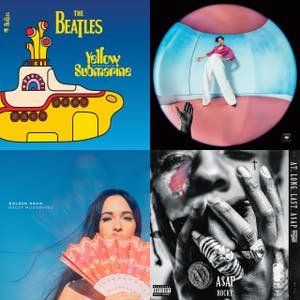
- Psychedelic Music Forum Call for Articles and Musical Playlists … ›
- Turkey’s Psychedelic Rock Star Speaks Her Mind, Ambiguously … ›
- Origin and Evolution of Psychedelic Music – Susan B. Hairston … ›
- Psychedelic-assisted psychotherapy sessions with music ›
- Psychedelic rock | music | Britannica ›
- Psychedelic-Music.Com ›
- 25 Best Psychedelic Albums Ever | uDiscover ›
- Psychedelic rock – Wikipedia ›
- Instrumental Psychedelic Rock – YouTube ›
- Psychedelic music – Wikipedia ›
- LSD – Thunderclouds (Official Video) ft. Sia, Diplo, Labrinth – YouTube ›
- LSD (group) – Wikipedia ›
- Music and the Psychedelic Mind – YouTube ›
